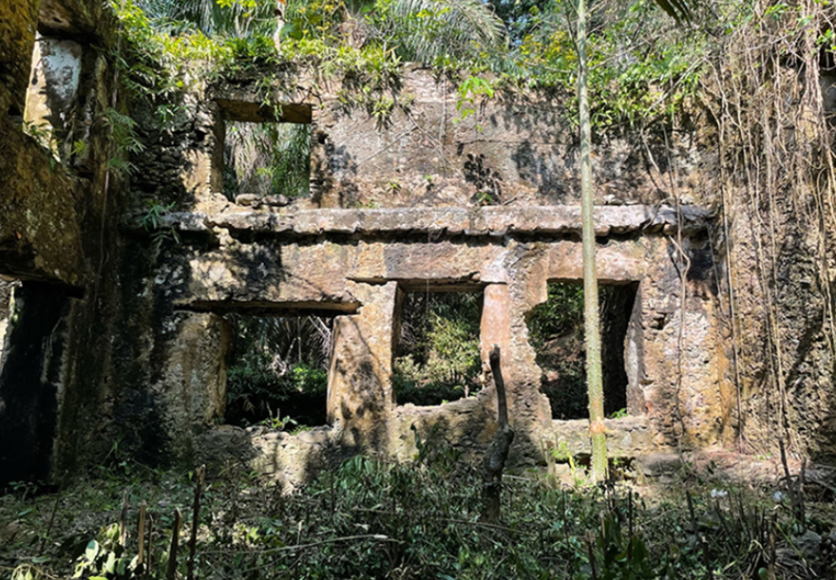An interesting discovery in archaeology has led the experts to see traces of plantation slavery on a tiny West African island at the equator.
In São Tomé, there lies a piece of evidence that the primitive European-African slave trade was rampant during the 16th century.
São Tomé Sugar Plantation

The Portuguese are the first people to baptize the tiny African island in the Gulf of Guinea. Known as São Tomé or "Saint Thomas" in their language, the place was found to be a haven of abundant resources, hence seeing it as an ideal plantation for sugarcane.
By 1495, the sugar trade prompted the Portuguese to look for slaves for manual labor. The rules selected many people from different African locations including the Democratic Republic of the Congo, Angola, and Benin.
In the Antiquity journal published on Monday, Aug. 14, the researchers wrote in the study that São Tomé was regarded as the "first plantation economy in the tropics based on sugar monoculture and slave labor."
Dozens of sugar mills were constructed as part of the expansion. These are responsible for supplying the Europeans with sugar.
What the Archaeologists Discovered Recently
A team led by historical anthropologist M. Dores Cruz has started an investigation regarding the sugar mills in São Tome. They used modern methods to analyze the ancient factories and look at their structures.
Based on their research, the collapsed clay roof is one of the features of the 16th-century sugar mill. A very common design in Portuguese architecture, it includes a graffiti-covered lower floor and domestic quarters.
"Sugar production was a very complex process and it "was not packed in bags and loose as today." First, cane syrup was boiled and in large copper cauldrons until crystals formed. Next, the sugar was put into cone-shaped ceramic molds, which allowed molasses to drain out and the sugar crystals to dry and harden. The resulting sugar cone was called pão de açúcar - Portuguese for "sugar loaf," Cruz told LiveScience in an email.
Another interesting finding in the study is that the Portuguese have reused the sugar mills by the time they migrated to Brazil in the early 17th century. That's because sugar production in São Tomé is plagued with slave rebellions, high humidity, and reforestation.
For Marco Menikitte, another archaeologist from California, the recent study could be the most important research leading to plantation slavery.
Cruz noticed that the building was a run-down structure. Its walls are bulging and its walls are on the verge of collapsing. The vegetation is all over the whole area.
Since no archaeologist is present in São Tomé, Cruz said that it's ideal to preserve the ancient land. To do that, he will aim to train interested persons regarding the conservation of the site.

ⓒ 2025 TECHTIMES.com All rights reserved. Do not reproduce without permission.




